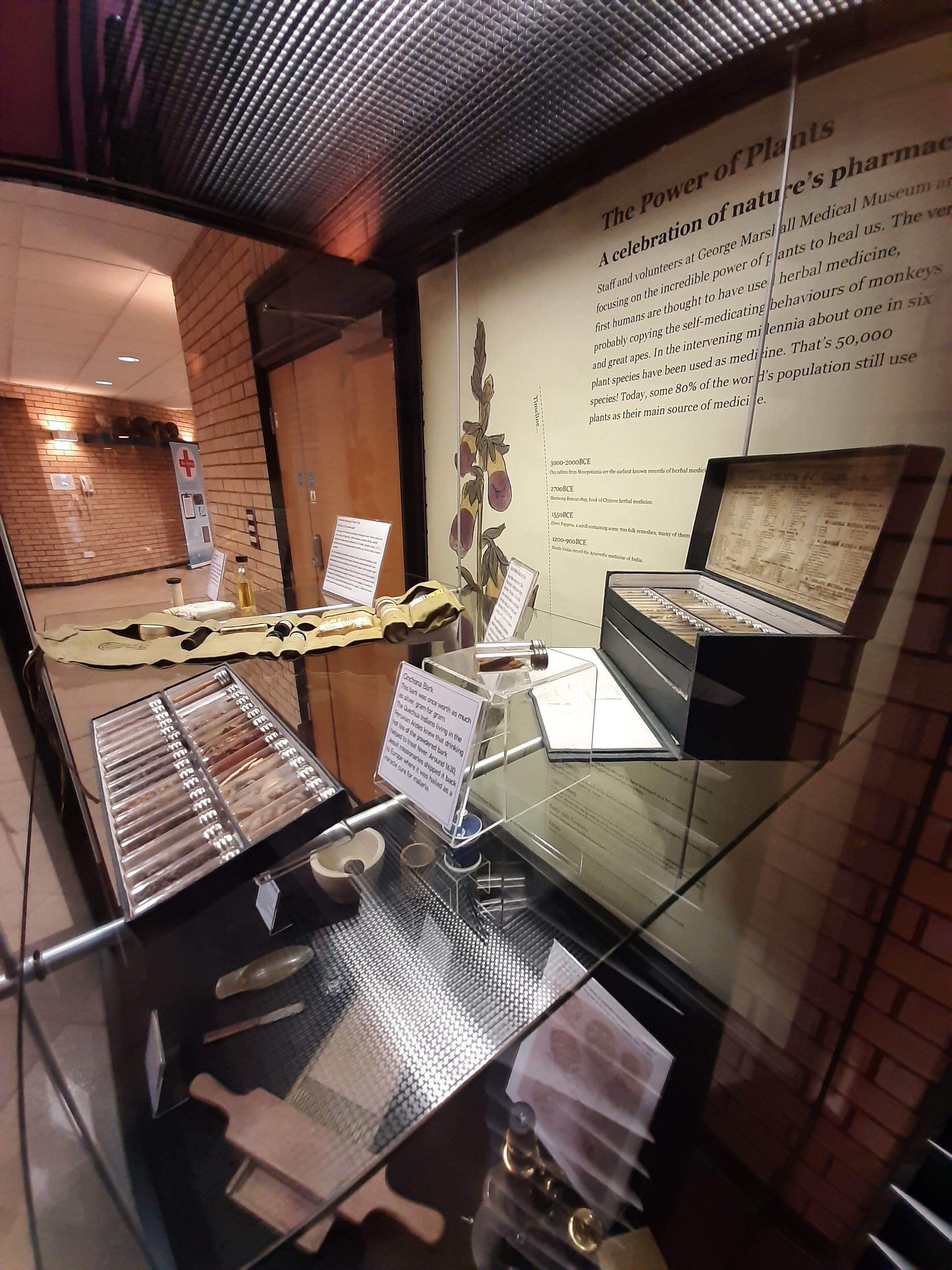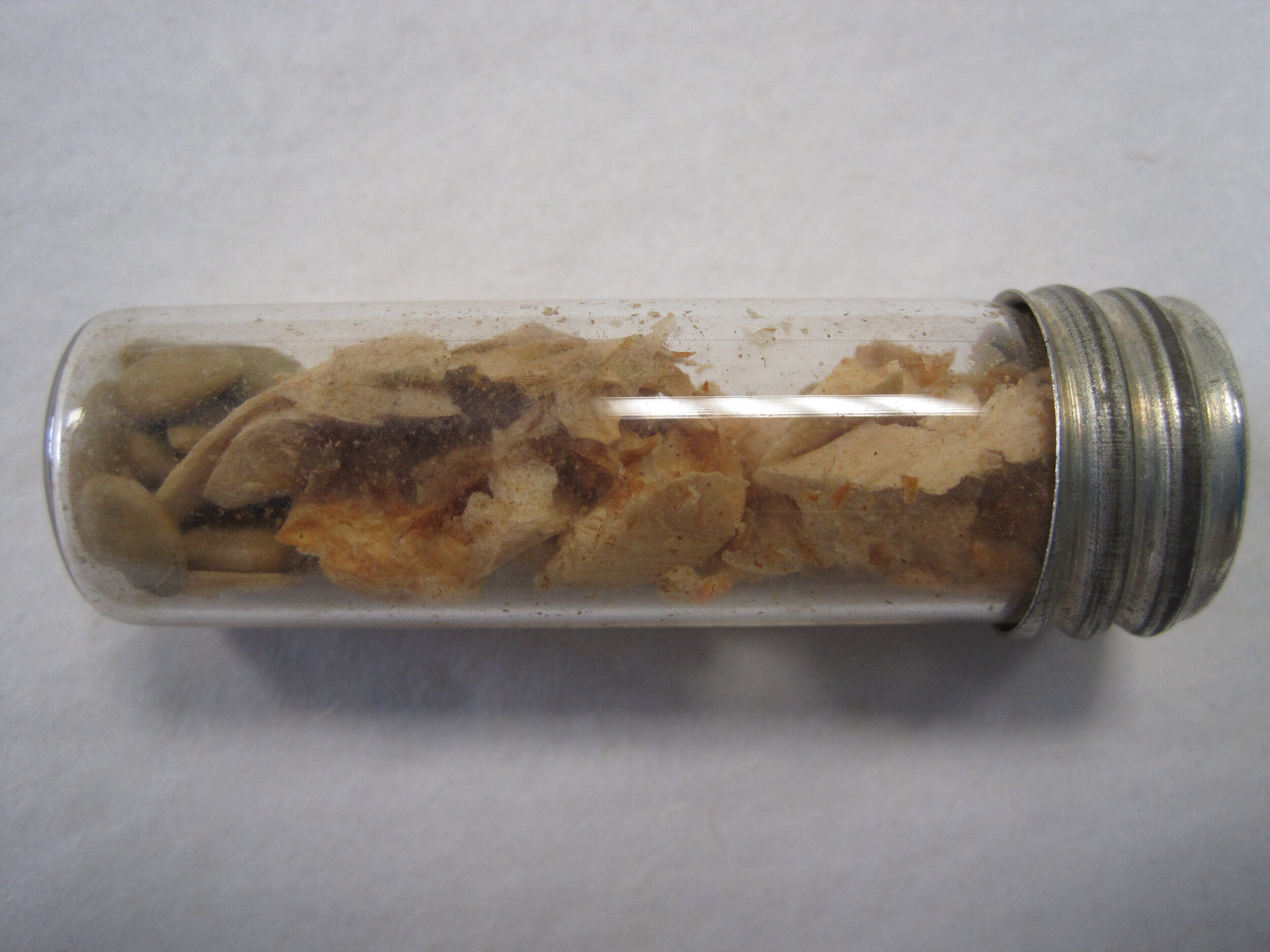A CELEBRATION OF NATURE’S PHARMACY
During 2020, the George Marshall Medical Museum had planned to exhibit a number of plants found in Alan Mann’s Remedy Kit alongside items from our collection. A small team of volunteers had been working to gather research, and to help plan text and images for these displays, which would focus on a different plant every few weeks. With the Museum now closed, we have been building an online archive of ‘exhibitions’ focussing on a few plants (with some of those same volunteers - thank you!).
Please enjoy the main exhibition text (below), along with highlighted plants as they appear in the gallery below. First off, cinchona bark!
Foxglove from George Marshall Medical Museum’s copy of Culpeper’s Complete Herbal.
A celebration of nature’s pharmacy
Staff and volunteers at George Marshall Medical Museum are focusing on the incredible power of plants to heal us.
The very first humans are thought to have used herbal medicine, probably copying the self-medicating behaviours of monkeys and great apes.
In the intervening millennia about one in six plant species have been used as medicine. That’s 50,000 species!
Today, some 80% of the world’s population still use plants as their main source of medicine.
a (very) brief timline
3000-2000BCE - Clay tables from Mesopotamia are the earliest known records of herbal medicines.
2700BCE - Shennong Bencao Jing book of Chinese herbal medicne.
1550BCE - Ebers Papyrus, a scroll containing some 700 folk remedies, many of them plant-based.
1200-900BCE - Hindu Vedas record the Ayurvedic medicine of India.
400BCE - Hippocratic medicine included the theory that illness was caused by an imbalance of bodily humours. It was believed that plants could correct this imbalance.
c.60BCE - Dioscorides (Nero’s army surgeon) wrote De Materia Medica, the forerunner of all modern pharmacopeoias.
9th Century - A ‘leech book’ thought to have belonged to Worcester physician, Bald, gives insight into Anglo-Saxon herbal medicine.
12th Century - One of the most famous women in the herbal tradition was Hildegard of Bingen, a Benedictine nun and author of Causae at Curae.
15th Century - In the Age of Discovery, explorers to the New World and Far East brought amazing new plants to Europe. Meanwhile the invention of the printing press brought the herbal to a much wider audience. One of the most famous is Culpeper’s Complete Herbal published 1653,
Early 19th Century - Samuel Hahnemann founded homeopathy, based on his theory that ‘like cures like’.
Today - Plants remain a potential source of many more medicines, just waiting to be discovered.


